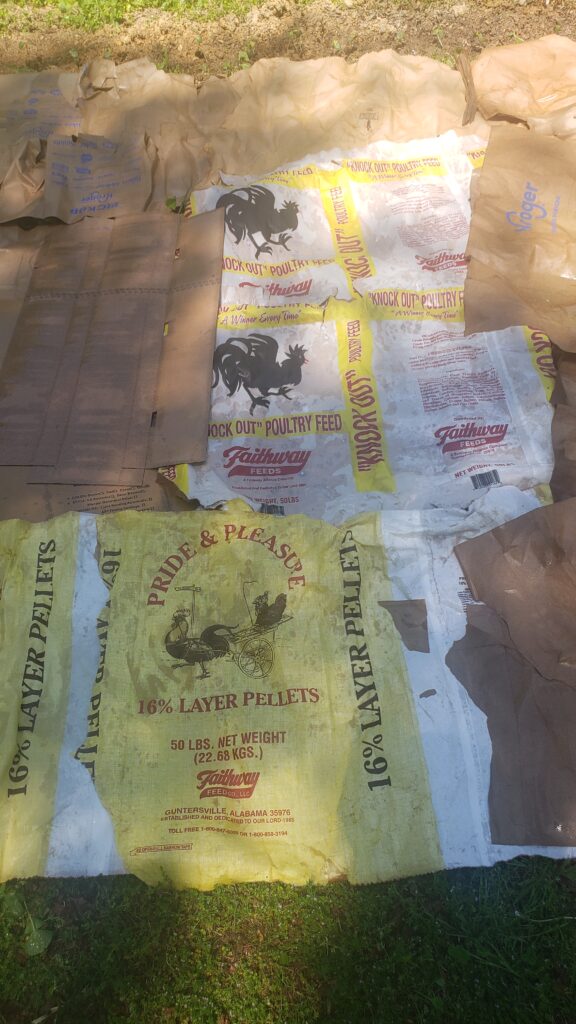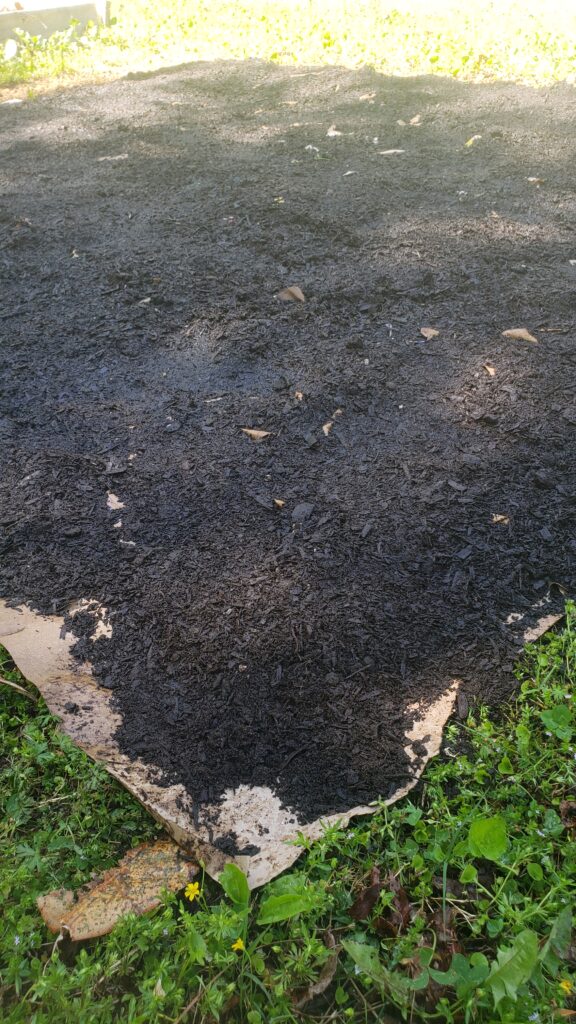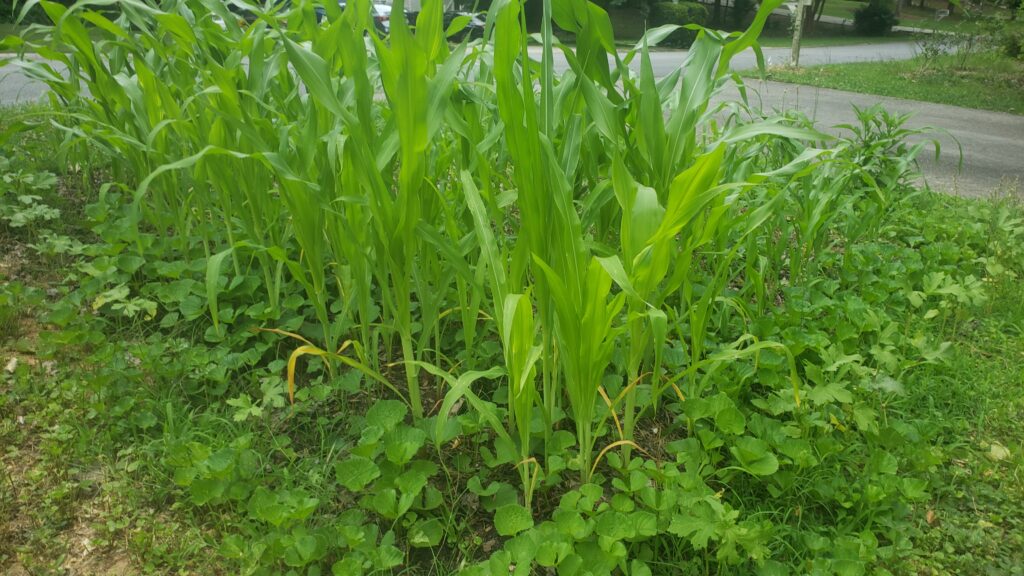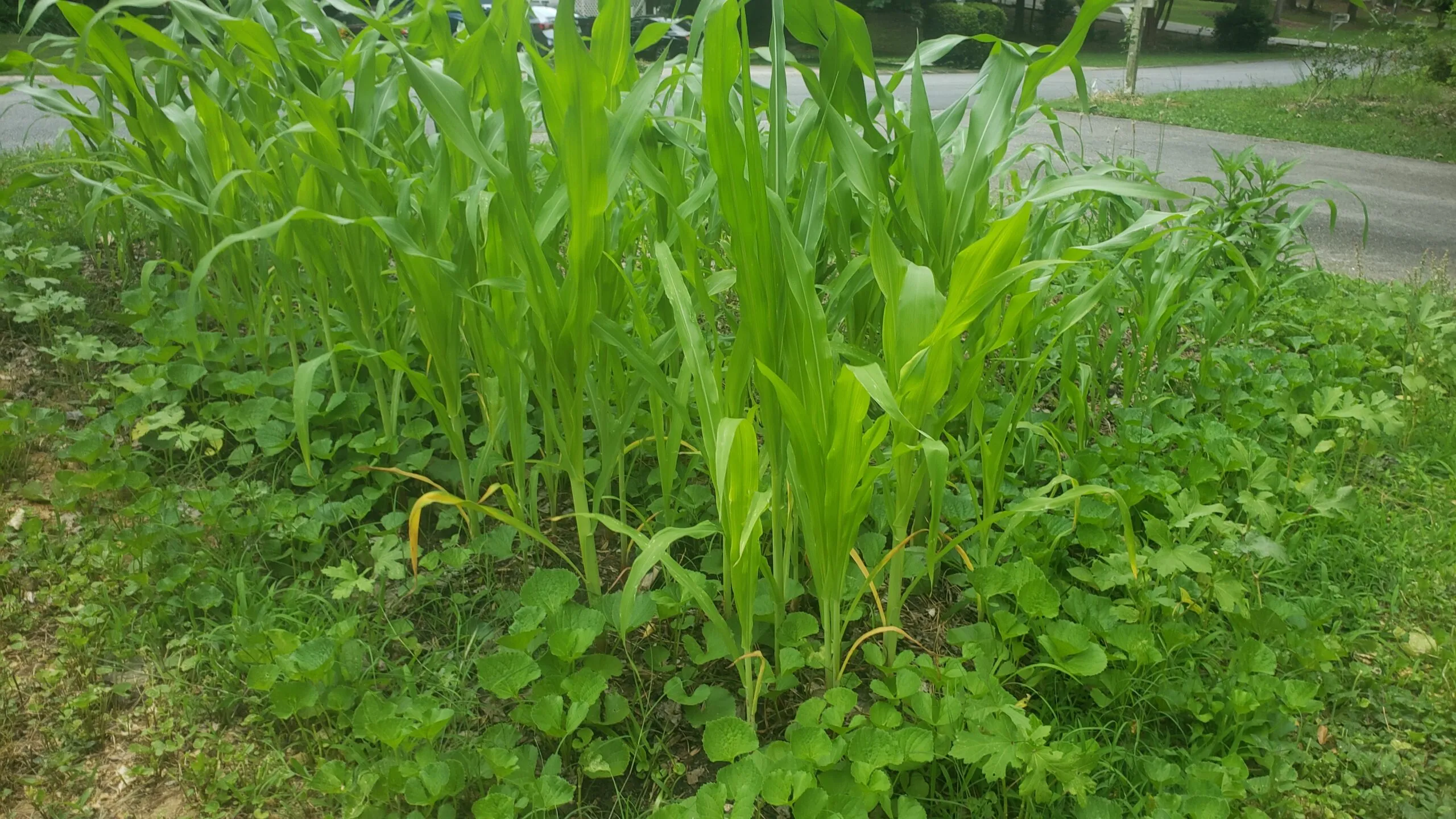Materials You’ll Need

Step 1: Preparing the Area
Start by selecting the section of your yard you want to convert into a garden plot. In my case, I chose a sunny spot with good drainage. Lay out your cardboard or paper feed bags directly on top of the grass. This layer will smother the grass and prevent weeds from growing through.
Step 2: Laying Down the Cardboard
Cover the entire area with cardboard or paper bags, overlapping the edges to ensure there are no gaps. It’s essential to soak the cardboard thoroughly at this stage. Wet cardboard breaks down faster and helps the compost layer adhere better.
Step 3: Adding Compost
Once the cardboard is soaked, spread a layer of mushroom compost and cow manure compost over the top. I used a mix of both to provide a rich, nutrient-dense base for my plants. The compost layer should ideally be about 3-4 inches thick.

Step 4: Mulching

Cover the compost layer with a generous amount of chopped leaf litter. Mulching helps retain moisture, suppress weeds, and eventually breaks down to add more organic matter to the soil. Make sure the mulch layer is about 2-3 inches thick.
Step 5: Planting
After preparing the bed, it’s time to plant. I decided to grow a Three Sisters plot, which includes corn, beans, and squash (or in my case watermelon). The corn provides a structure for the beans to climb, and the watermelon spreads out to cover the ground, acting as a living mulch.
To plant the corn, I poked holes through the cardboard layer directly into the soil beneath. Because the cardboard was soaked and mushy, this step was easy. Plant the corn seeds about 1-2 inches deep and cover them with compost and mulch.
Step 6: Watering
Results and Benefits

After just 2 hours of work, I set up a garden plot that promises a harvest this season. This no-till method has several advantages:
- Weed Control: The cardboard layer effectively suppresses weeds. (you can see plenty of violets poking through, they are edible!)
- Ease of Setup: It’s a quick and straightforward method that doesn’t require heavy machinery or intensive labor.







